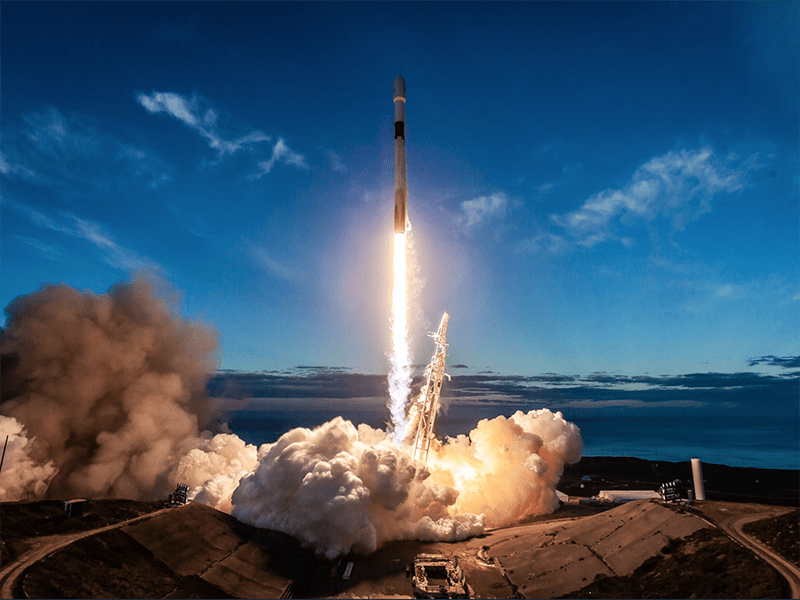
Tech by Android – How SpaceX changed the economics of launches remains one of the most influential stories in the aerospace industry. For decades, space missions relied on costly, government-run programs with limited access. Elon Musk’s company disrupted this paradigm by introducing reusable rockets and competitive pricing. As a result, access to space became more affordable for private companies and even small nations.
“Read More: BLACKPINK Jennie at Coachella 2025: Trending with JENCHELLA Burgundy Cowgirl Costume”
Reusable rocket technology pioneered by SpaceX has changed cost calculations dramatically. Traditional rockets could only be used once, wasting expensive materials after each launch. SpaceX engineered boosters that can land back on Earth and fly again. Therefore, each successive mission costs significantly less while maintaining reliability.
Competition created by SpaceX pushed legacy companies like ULA and Arianespace to innovate. Previously, these providers operated without serious market pressure and charged higher rates. Now, they develop their own reusable concepts and offer more competitive contracts. Consequently, customers benefit from a broader range of affordable launch options.
“Read About: How Electric Vehicles Are Integrating With Smart Homes”
Ride-share programs introduced by SpaceX democratize space access further. These missions allow multiple customers to share a single launch and split the costs. Many small satellite operators now place payloads in orbit without needing full rocket capacity. This innovation stimulates growth in the satellite industry globally.
Faster turnaround times between launches mean more missions can fly in a year. SpaceX streamlined manufacturing, testing, and logistics to reduce waiting periods. This efficiency enables satellite constellations like Starlink to expand quickly and meet customer demand. Timely launches also benefit industries dependent on space-based services.
The Starlink project showcases how vertical integration strengthens SpaceX’s position. By building its own satellites and launching them using its rockets, SpaceX controls costs and schedules. This approach eliminates middlemen and delays, delivering internet services worldwide sooner and more affordably than rivals.
NASA partnerships with SpaceX, such as the Commercial Crew Program, validate private sector reliability. These contracts show that commercial providers can meet strict safety and performance standards. Consequently, government agencies save taxpayer money while achieving mission goals on time.
Lower barriers created by affordable launches enable emerging space economies. Countries without national space programs can now deploy satellites for communication, weather, and science. This access enhances global participation in the space economy and stimulates innovation beyond traditional players.
Environmental considerations influence how SpaceX designs its launch systems. Reusability reduces waste from spent rocket stages left in the ocean or atmosphere. Furthermore, ongoing research into cleaner propellants shows commitment to minimizing environmental impacts of frequent launches.
Public interest in space exploration grows as people witness reusable rockets landing safely. These visually stunning milestones inspire support for new missions and attract talent into STEM fields. Enthusiasm for space grows beyond just governments and specialists, reaching everyday audiences worldwide.
Future plans, including Starship development, promise to reshape industry dynamics even further. If successful, Starship will carry more cargo at lower prices than ever before. This progress opens doors for lunar bases, Mars missions, and even more commercial applications of space technology.